Sansi LED: Sustainable LED Lighting and Integrated LED Display
Delivering premium and professional LED Display, LED Lighting, Smart City Integration solutions, trusted by over 60,000 companies worldwide everyday. From industrial lighting to commercial lighting, from outdoor advertising to XR & VR production, Sansi LED greatly improves the quality and sustainability of your business with 30 years of expert experiences.
LED displays can be seen everywhere in our daily life, whether it is commercial venues, concerts, sports events, various event sites and cultural performances. So how exactly are the LED screens classified?
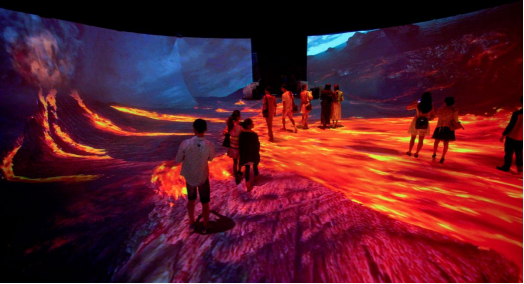
Classified by environment
1. Indoor LED Display
Indoor LED displays are suitable for scenarios with moderate brightness, wide viewing angles, and close-up viewing. Indoor LED displays are commonly lightweight, but have a relatively low protection technology level, which requires a lot for the surrounding environment, which should take full account of the temperature, humidity, corrosion, and signal interference.
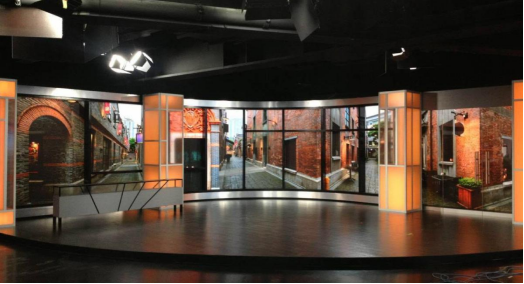
Sansi Indoor LED Display——Shanghai TV Station
2. Outdoor LED Display
Compared to the more sophisticated indoor LED displays, the outdoor LED displays are suitable for environments with high brightness, long viewing distances, and large viewing areas. They have the advantages of a large display area, heavy weight, high protection level, and the ability to withstand harsh environments.
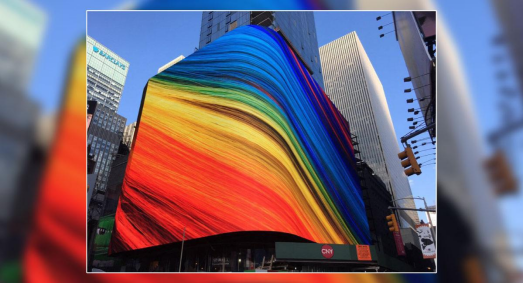
Sansi Case——Times Square
Classified by Color
LED display can be divided into monochrome display, dichromatic display and full-color display according to the display colors.
1. Monochrome Display
A monochrome LED display is composed of monochrome LED lights, which only displays a single color, such as red, green, white, blue, etc.
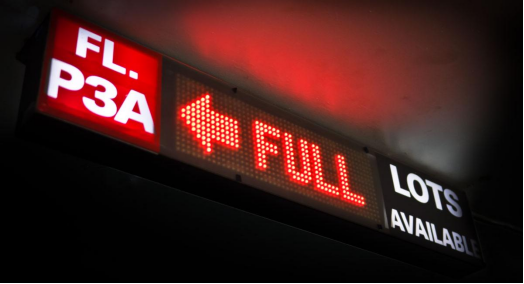
2. Dichromatic Display
A dichromatic LED display is composed of red and green LED lights, and can display 65,536 colors.
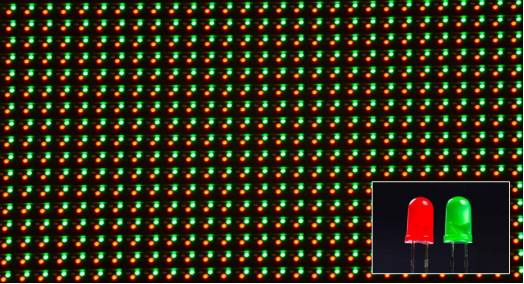
3. Full Color Display
A full-color LED display is composed of red, green, and blue LED lights, which can display 16,777,216 colors.
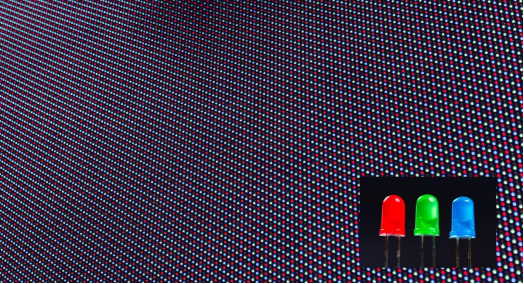
Classified by Functions
LED displays are divided into synchronous and asynchronous displays according to their functions.
1. Synchronous Display
Synchronous display is generally used to play video data information, it can realize real-time and synchronous display of information and content. The synchronous display need to be used with a sending card (video processor) and support various two-dimensional or three-dimensional animations, videos, TV, DVDs, and live broadcasts, among other video content.
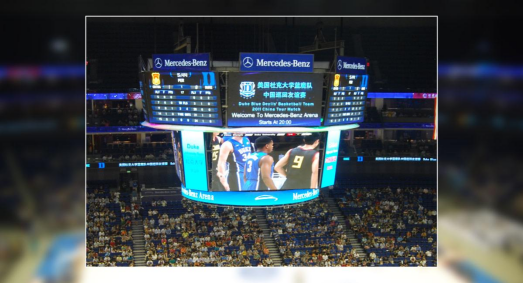
Sansi Case——Mercedes Benz Arena
2. Asynchronous Display
The asynchronous display has the function of offline display or network technology control, it mainly plays graphic information. Compared with the synchronous system, the operation and management method is simpler and more convenient.

Sansi Case-Beijing Metro Line 17
The classification of LED displays can be distinguished from the above 3 aspects: the environment, color and function. According to different usage requirements or scenarios, choosing a suitable LED display can effectively improve the effect of information dissemination and the visual experience of the audience. At the same time, with the continuous development of technology and the application of new fields, the application scenarios of LED displays are also expanding. There will be more LED displays in the future, bringing more surprises and possibilities to our life and cultural entertainment.
-
NO DATA
